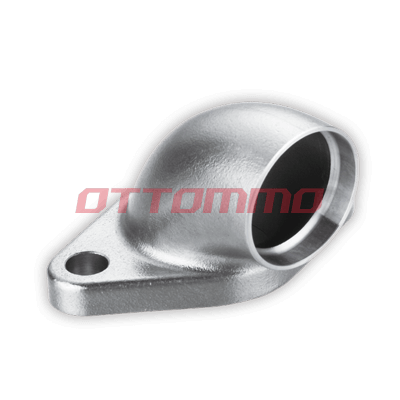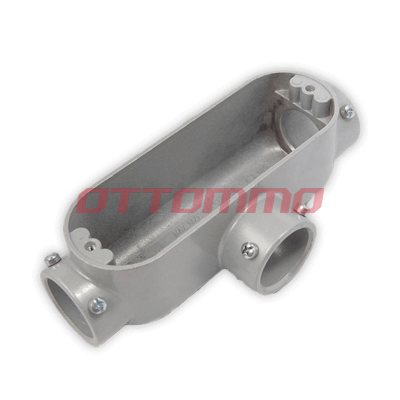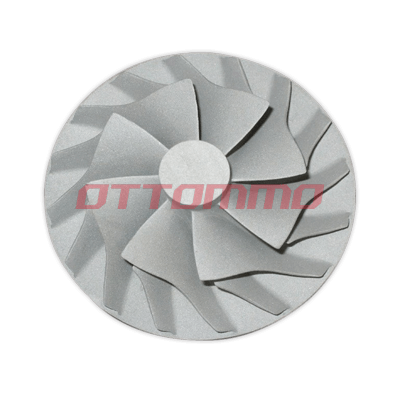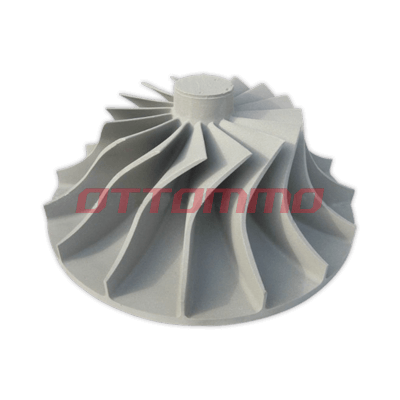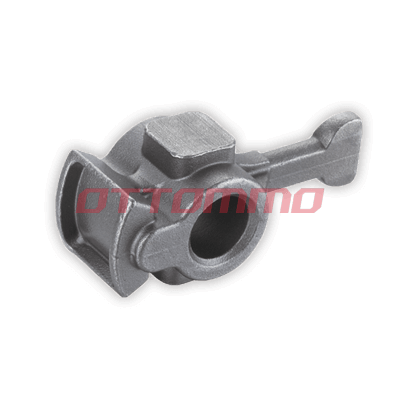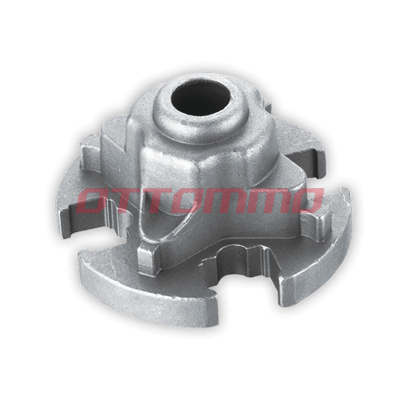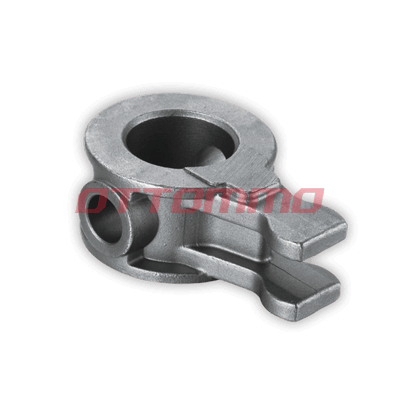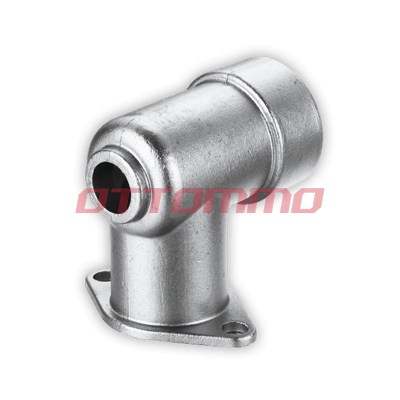Different Casting Process Capabilities
OTTOMMO Casting provides various casting process and brings many unique benefits to our customers. We have built three casting plants in the past 15 years in order to offer you more casting solutions. We have committed to our customers cost efficiency, freedom of design, reproducibility, reduced machining and increased performance.
Investment Casting Process
As we started as an investment casting foundry, we know details of this metal-forming technique. Investment casting is also known as lost wax casting. Basically, it refers to make a wax pattern formed with a ceramic. Then, melting the wax makes the ceramic empty. Eventually we get the casting after pouring the metal into the ceramic. OTTOMMO Casting continues to improving our process and utilizing the newest technology available in our industry.
Die Casting Process
Die casting refers to force the molten metal under high pressure into reusable metal dies. Then, we get the raw casting after metal solidifies rapidly. This process is a quick and cost-effective method for high volume geometrically complex parts. In 2010, OTTOMMO Casting established the die casting plant as our joint venture. We aim to provide you high-quality non-ferrous casting parts. Besides, we are capable of full in-house CNC machine, surface treatment and assembly.
Sand Casting Process
As a cost-efficient casting method, sand casting is still popular in China. Basically, it refers to make a sand mold with cavity of casting shape inside. Then, we get the casing after pouring metal into the cavity and metal solidifies. In OTTOMMO sand casting plant, we have both manual and semi-automatic sand casting production lines for castings with various size, weight and geometries. Besides, our sand casting capacity ranges from 3 lbs. to 2500 lbs.
Comparing Different Casting Process
Are you having a hard time to decide what casting method is good for your project? Contact us and we will make it easy for you. We have a meeting every year from our three casting plants just to review if projects go the right plant. Therefore, we will evaluate every project and analysis for our customers what the best process for them. The basic ideas list as below.
Investment Casting VS. Sand Casting
Both investment and sand casting process are able to cast Ferrous and non-ferrous alloys.
Investment casting method takes longer and cost more than sand casting.
Surface roughness of investment casting is 64 - 125 RMS whereas sand casting is more than 125 RMS
Sand Casting process can cast relatively larger parts than investment casting.
Investment Casting VS Die Casting
Investment casting process provides more alloy selections than die casting
Die casting is good for the large quantity project but has higher cost on tooling/mold.
Both casting method are similar on tolerance performance.
Investment casting is better on surface finish and needs less machining













